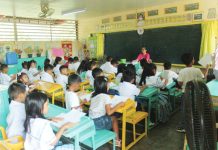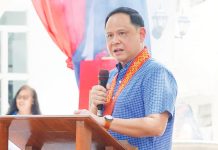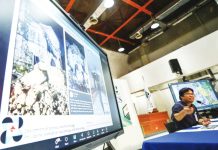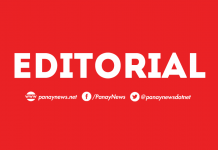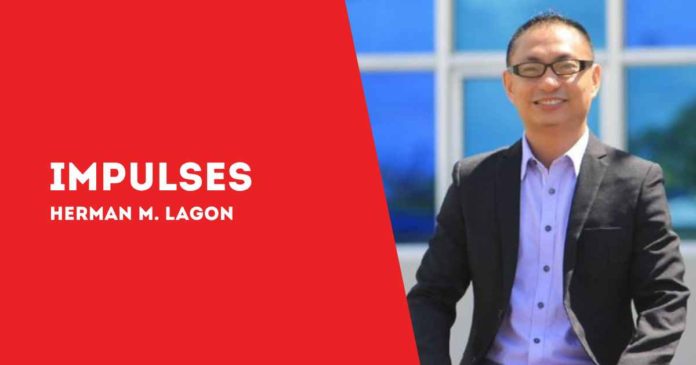
THERE IS growing worry about ideological sameness in some academic areas, especially within social sciences. Scholars like Steven Pinker suggest that when departments lean too heavily in one direction, real debate can be stifled, narrowing students’ views of diverse perspectives. This echo chamber effect can limit critical thinking, as students are less exposed to ideas that challenge the status quo. The danger here is that when faculty predominantly share similar views, students might develop a narrow understanding of complex issues, missing the chance to challenge and refine their own ideas. True academic freedom, in this sense, demands not only the liberty to explore ideas but also the responsibility to create a diverse intellectual ecosystem that fosters balanced discussion.
Nevertheless, it is essential not to conflate the advocacy for academic freedom with a license for unchecked bias. Professors should strive to remain objective and avoid imposing their ideologies on students. Studies on pedagogy, such as those by Hickey and Brecher, suggest that a moderate level of bias can stimulate student engagement, but only if students are encouraged to critically analyze all viewpoints, including the instructor’s. Effective educators use their influence to empower students, equipping them with the analytical tools to dissect information independently. Doing so supports a deeper, more resilient understanding rather than fostering adherence to any singular ideology.
It is also worth noting that fostering critical thinking and academic freedom demands a high level of mutual respect between teachers and students. As philosopher John Milton once implied in Paradise Lost, respect is foundational to achieving true intellectual freedom—where each participant in discourse is “equally free” to contribute to the exchange. When lacking respect, discourse can quickly devolve into mere argument, with little genuine inquiry or learning. In classrooms characterized by open-mindedness, students learn not only to articulate their ideas but to listen carefully and consider the perspectives of others. This reciprocal respect strengthens their capacity for critical thinking and prepares them for engagement in society beyond the university.
To truly prepare students for the world, educators must keep evolving, adopting teaching methods beyond traditional lectures. Techniques like problem-based learning and transformative inquiry get students actively involved with real issues, helping them think critically and collaborate effectively. Studies show that students learning through hands-on challenges feel more engaged and confident in tackling real-world problems, something lectures alone often cannot achieve.
Higher education should aim to shape independent, thoughtful individuals who can contribute meaningfully to society. Critical thinking and academic freedom are not just academic ideals; they are essential for a robust education that readies students to face a changing world with insight and resilience. When universities prioritize these values, they do more than train students for jobs—they nurture citizens who think and act purposefully.
In a time when information is everywhere, teaching students to question and explore equips them to handle complexity with integrity. Philosopher Matthew Lipman noted that education’s role is to inspire deep thinking and wise action. By staying committed to these principles, our institutions can fulfill their mission: to teach and create minds capable of advancing knowledge and society./PN

